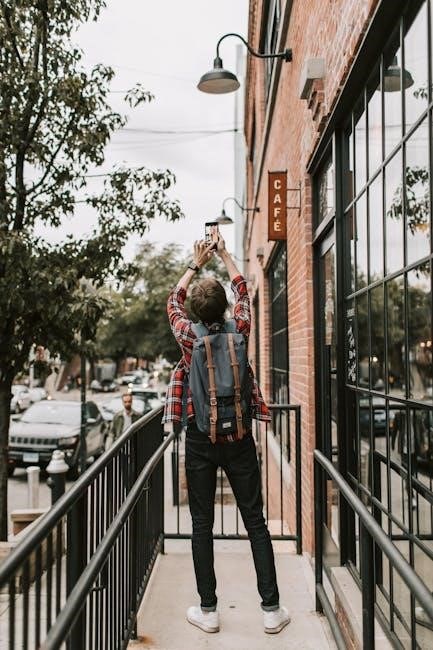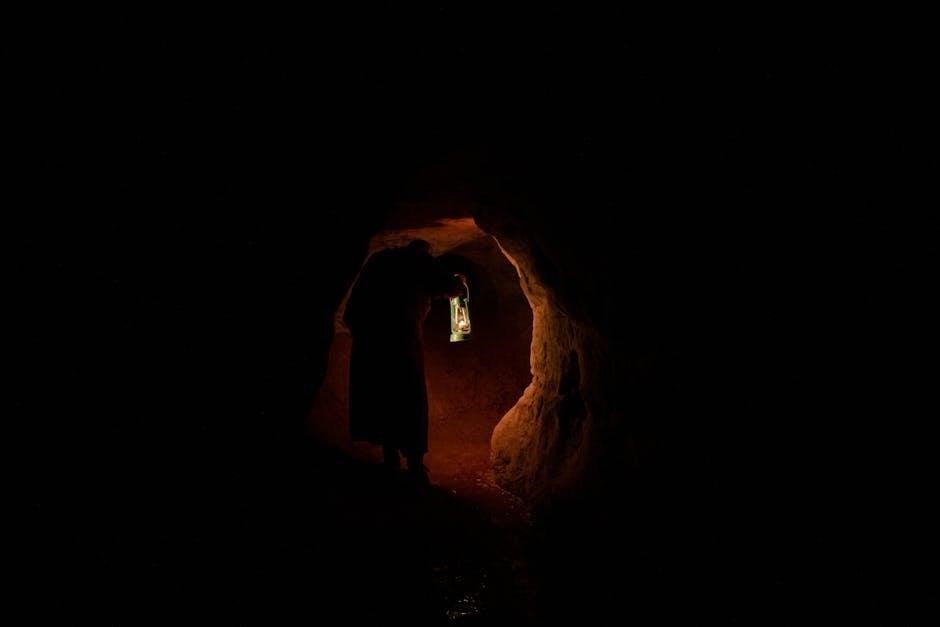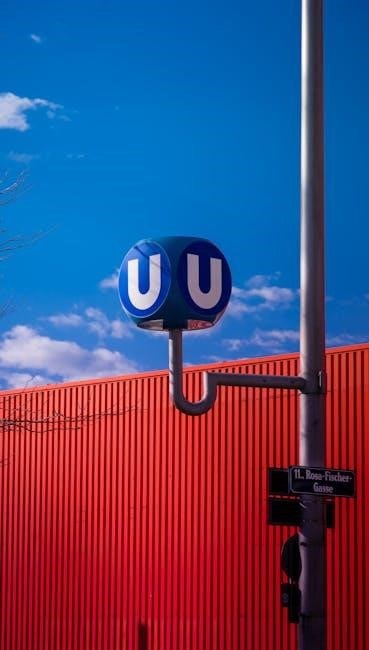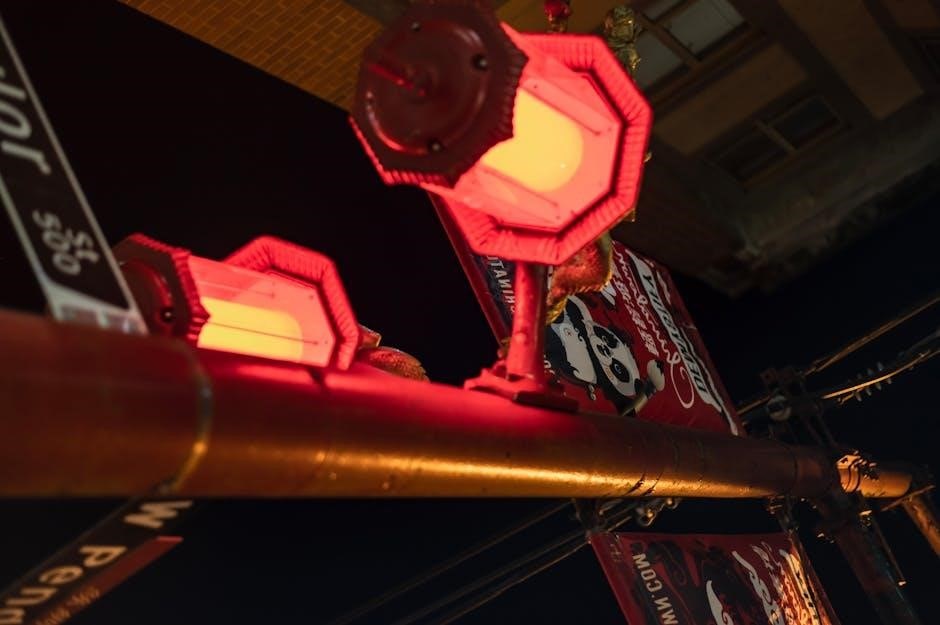Guide lighting is essential for creating a welcoming atmosphere, using
various techniques
to produce desired effects, making spaces functional and beautiful always with thirty three words maximum.

Definition of Guide Lighting
Guide lighting refers to the use of light to enhance and guide individuals through a space, creating a sense of comfort and ambiance. This type of lighting is designed to provide a welcoming atmosphere, making it essential for various settings, including homes, offices, and public areas. The definition of guide lighting encompasses the strategic placement of light sources to achieve a specific effect, such as highlighting architectural features or creating a sense of warmth. By understanding the concept of guide lighting, individuals can create a well-designed and functional space that meets their needs and preferences. Effective guide lighting can also improve safety and navigation, making it a crucial aspect of interior design. Guide lighting is a fundamental element in creating a harmonious and inviting environment. Using light to guide and enhance a space is a key principle of guide lighting.
Importance of Guide Lighting
The importance of guide lighting lies in its ability to transform a space, making it more inviting and functional. Guide lighting plays a crucial role in setting the tone and atmosphere of a room, influencing the way people interact and perceive their surroundings. It can also impact the overall aesthetic of a space, making it more visually appealing. Moreover, guide lighting can have a significant impact on human emotions and behavior, with well-designed lighting schemes able to boost mood and energy levels. By incorporating guide lighting into a space, individuals can create a more welcoming and comfortable environment that supports their physical and emotional well-being. Effective guide lighting can also enhance the overall user experience, making it an essential consideration in various settings, including residential, commercial, and public spaces, where it can have a significant impact on occupants.

Types of Lighting
Ambient Lighting
Ambient lighting is a type of lighting that provides overall illumination to a space, creating a warm and welcoming atmosphere. It is often used to establish the general lighting level in a room, making it possible to move around safely and comfortably. Ambient lighting can be achieved through the use of overhead lighting fixtures, such as ceiling-mounted lights or recessed lights, which distribute light evenly throughout the space. This type of lighting is essential for creating a sense of comfort and relaxation, and is often used in living rooms, bedrooms, and other areas where people gather to socialize or unwind. By using ambient lighting, it is possible to create a sense of calm and serenity, making a space feel more inviting and enjoyable to be in, with a focus on general illumination always.
Accent Lighting
Accent lighting is a type of lighting that is used to draw attention to specific features or objects in a space, such as artwork, furniture, or architectural details. It is often used to create visual interest and add depth to a room, making it feel more dynamic and engaging. Accent lighting can be achieved through the use of decorative fixtures, such as table lamps, floor lamps, or wall sconces, which can be placed strategically to highlight specific areas or features. This type of lighting is particularly effective in creating a sense of drama and emphasis, and can be used to create a focal point in a room, making it a key element in guide lighting design, with a focus on creating visual interest and adding depth to a space always.

Lighting Design Considerations
Lighting design considerations involve evaluating space and
functionality
to determine optimal lighting solutions always with careful planning and attention to detail using thirty three words maximum.
Positioning
Positioning is a crucial aspect of guide lighting, as it can greatly impact the overall ambiance and functionality of a space. The placement of light sources can affect the distribution of light, creating areas of brightness and darkness. Proper positioning can help to eliminate harsh shadows and glare, while also highlighting specific features or areas of interest. Lighting designers consider the location of light sources, such as overhead lighting, table lamps, or floor lamps, to create a balanced and visually appealing environment. By carefully positioning light sources, designers can create a sense of depth and dimension, making a space feel more welcoming and inviting. Effective positioning requires a thorough understanding of the space and its intended use, as well as the type and quantity of light needed to achieve the desired effect, using various techniques and considerations.
Quantity and Quality of Light
The quantity and quality of light are essential factors in guide lighting, as they can significantly impact the overall atmosphere and functionality of a space. Lighting designers consider the amount of light needed to perform specific tasks, such as reading or cooking, and the type of light that will provide the most comfort and visual appeal. The quality of light refers to its color temperature, intensity, and distribution, which can affect the ambiance and mood of a space. A combination of warm and cool light sources can create a balanced and inviting environment, while also providing sufficient illumination for various activities. By carefully selecting and placing light sources, designers can create a space that is both functional and aesthetically pleasing, with a suitable quantity and quality of light to meet the needs of its occupants, using various techniques and considerations to achieve this goal effectively.

Creating a Lighting Design Guide
Guide lighting design involves creating a comprehensive plan using
various methods
to produce a functional and beautiful space always with careful consideration and attention to detail every time.
Applications of Lighting Design
Lighting design has numerous applications, including residential, commercial, and industrial spaces, where it plays a crucial role in creating a welcoming atmosphere, using various techniques to produce desired effects.
The applications of lighting design are vast, and it is used in many different settings, from homes to offices, and even in public spaces, such as parks and plazas.
Lighting design can be used to create a specific mood or ambiance, and it can also be used to highlight certain features or architectural elements.
The use of lighting design can greatly impact the overall aesthetic and functionality of a space, making it a vital consideration in the design process.
With the help of lighting design, spaces can be transformed into beautiful and functional areas, that are both pleasing to the eye and comfortable to inhabit, with careful planning and attention to detail.
The importance of lighting design cannot be overstated, as it has the power to completely transform a space, and create a lasting impression on those who experience it, every time, always.
Downloadable Lighting Design Guide
A comprehensive lighting design guide is available for download, providing users with valuable information and insights on creating effective lighting designs.
This guide includes trends, tips, and inspiration for well-lit spaces, and is a valuable resource for anyone looking to improve their lighting design skills.
The guide is free to download and is packed with useful information, including designer secrets and expert advice.
It covers a range of topics, from the basics of lighting design to more advanced techniques and strategies.
The guide is designed to be user-friendly and easy to understand, making it accessible to everyone, regardless of their level of experience or expertise.
By downloading the guide, users can gain a deeper understanding of lighting design and how to apply it in their own projects, with the goal of creating beautiful and functional spaces, every time, with ease and confidence always.
